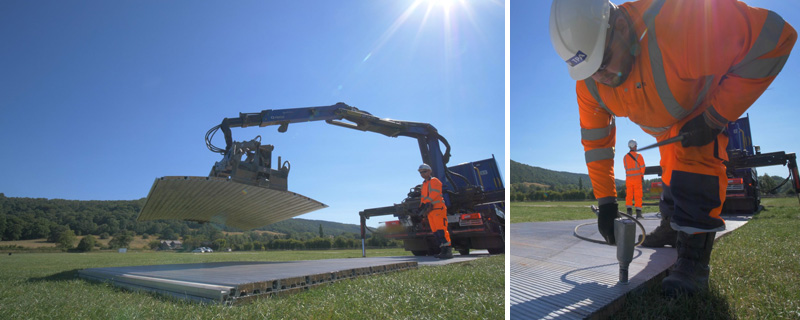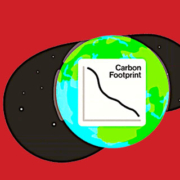Carbon calculations for temporary access solutions now available from TPA
TPA launches carbon calculator comparison between portable roadways and stone roads
An online calculator that enables contractors to compare the carbon savings of portable roadways over aggregate and stone roads has been launched by specialist temporary access solutions provider TPA.
Believed to be the first of its kind in the industry, the interactive tool allows customers and businesses a quick and easy insight into how they can reduce their CO2 emissions and calculates how many trees the CO2 saving equates to. TPA’s research shows a portable roadway generally has more than an 80% carbon saving compared to a stone access road.
An average saving is calculated within just a few clicks when the user submits the area of temporary access they require, at which point the user can request a full report, bespoke to their own site, which gives them a Carbon Savings Certificate, or enquire about TPA’s range of temporary vehicular or pedestrian trackways. In 2022, TPA’s customers prevented over 10 million kgs of carbon emissions being generated as the company installed over one million square metres of portable roadways.
TPA’s new tool incorporates factors such as production and disposal of materials and delivery of materials to and from site.
Fellow Vp plc subsidiary Groundforce Shorco recently made its own online calculator for temporary works designs available to the shoring industry free of charge, and the Vp group itself, which has pledged to become net zero by 2050 at the latest, has achieved a 55% reduction in carbon intensity since 2010.
TPA managing director David Walkden said:
“Our new carbon calculator is a must-have for anyone serious, like us, about minimising our impact on the environment. Rental equipment is inherently sustainable due to the fact that it is re-used over and over again, however, our aluminium roadways are fully recyclable at the end of their life and are optimised to be transported efficiently, requiring less than 5% of the volume of transport movements when compared to hauling stone and aggregates to cover the equivalent area.”
CLICK HERE TO VISIT THE WEBSITE














Leave a Reply
Want to join the discussion?Feel free to contribute!